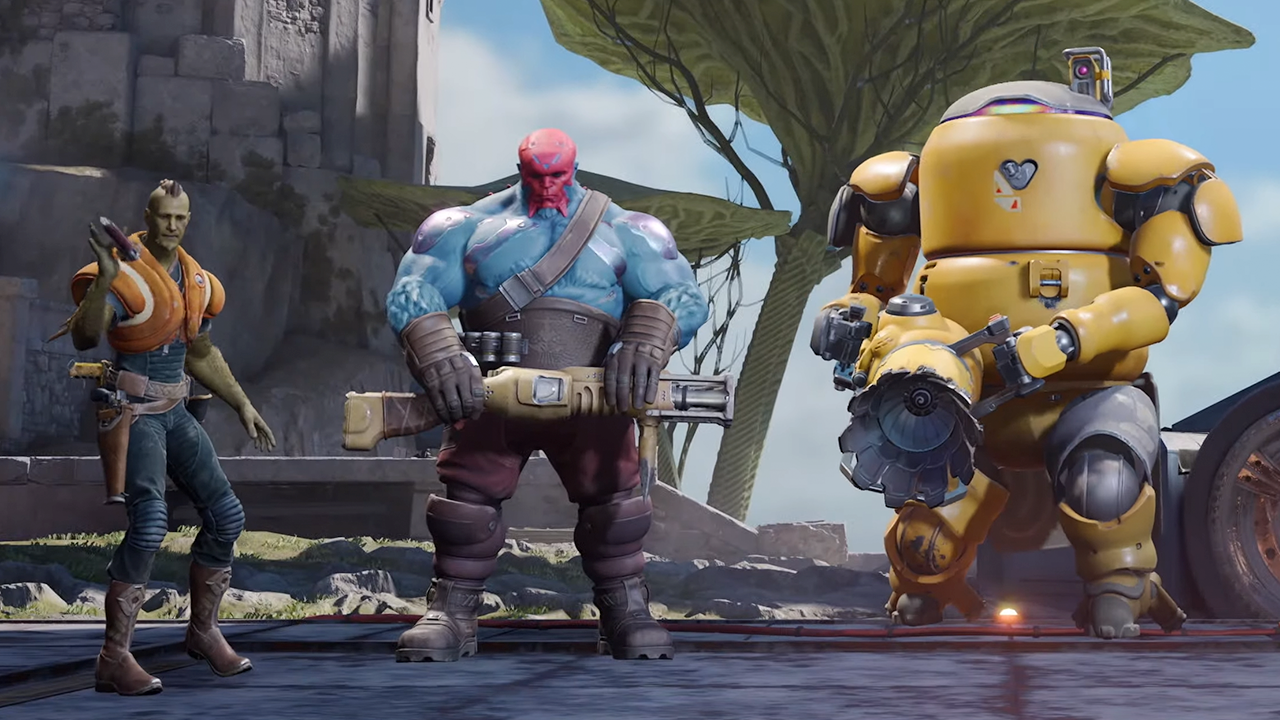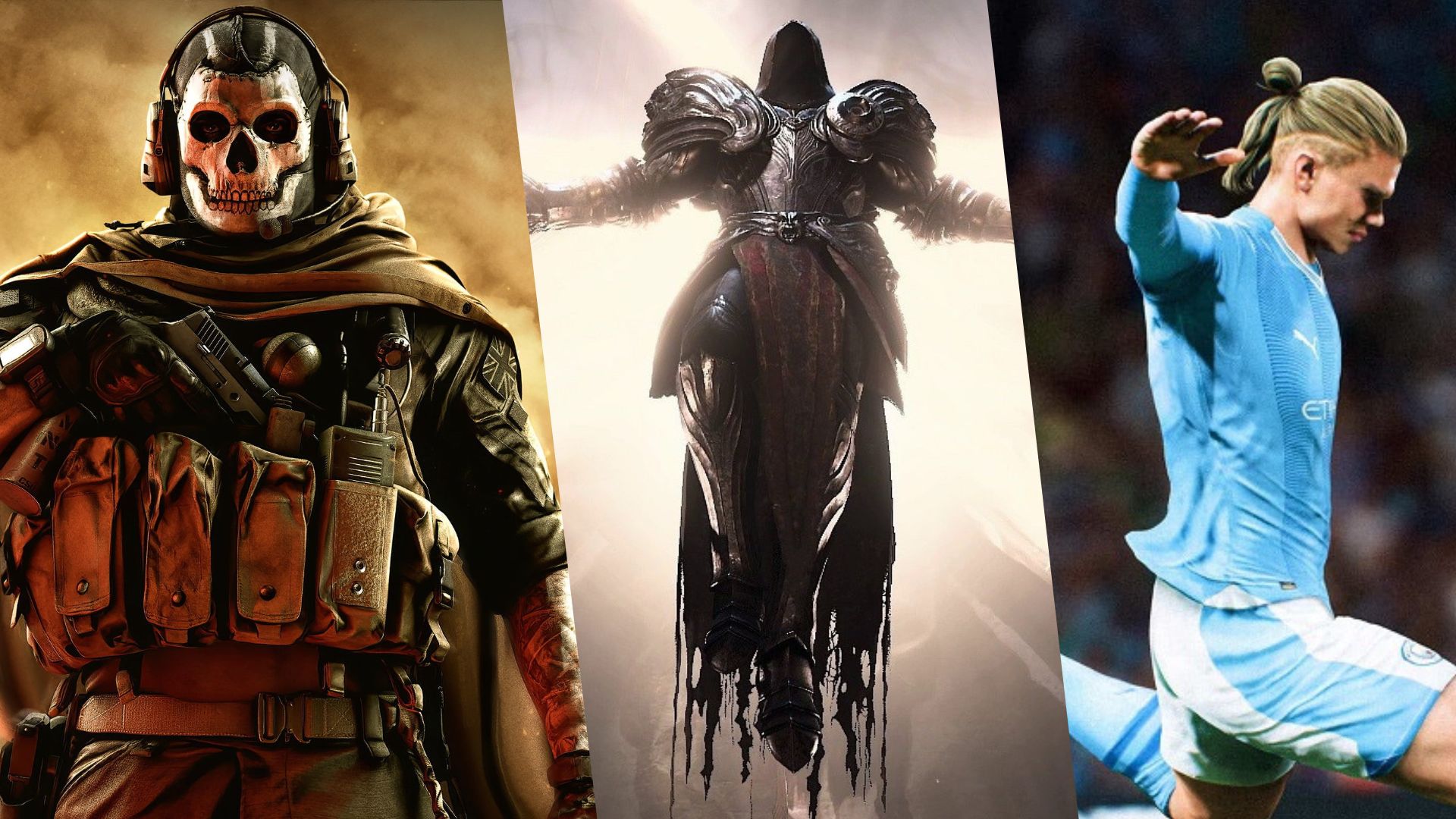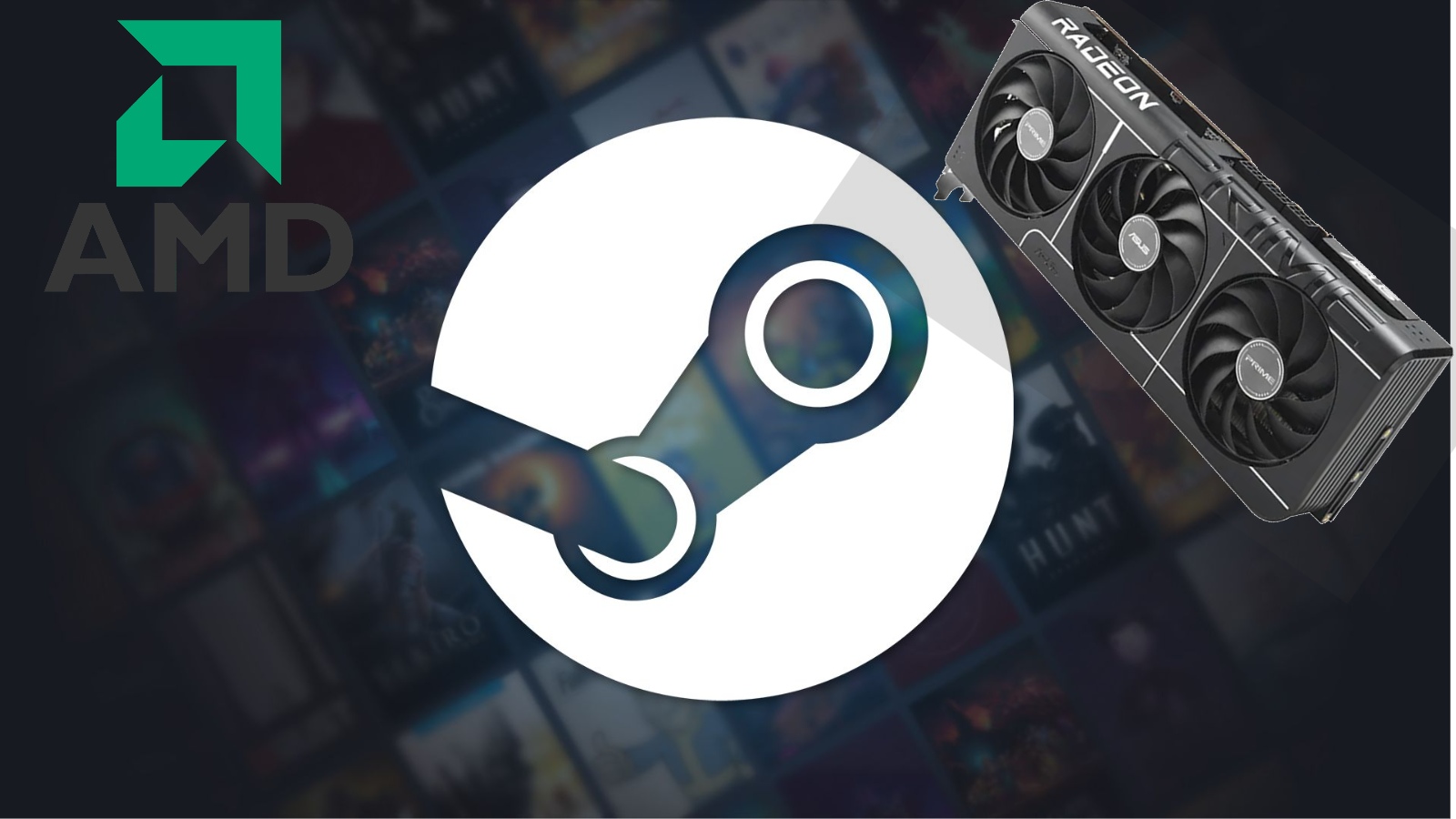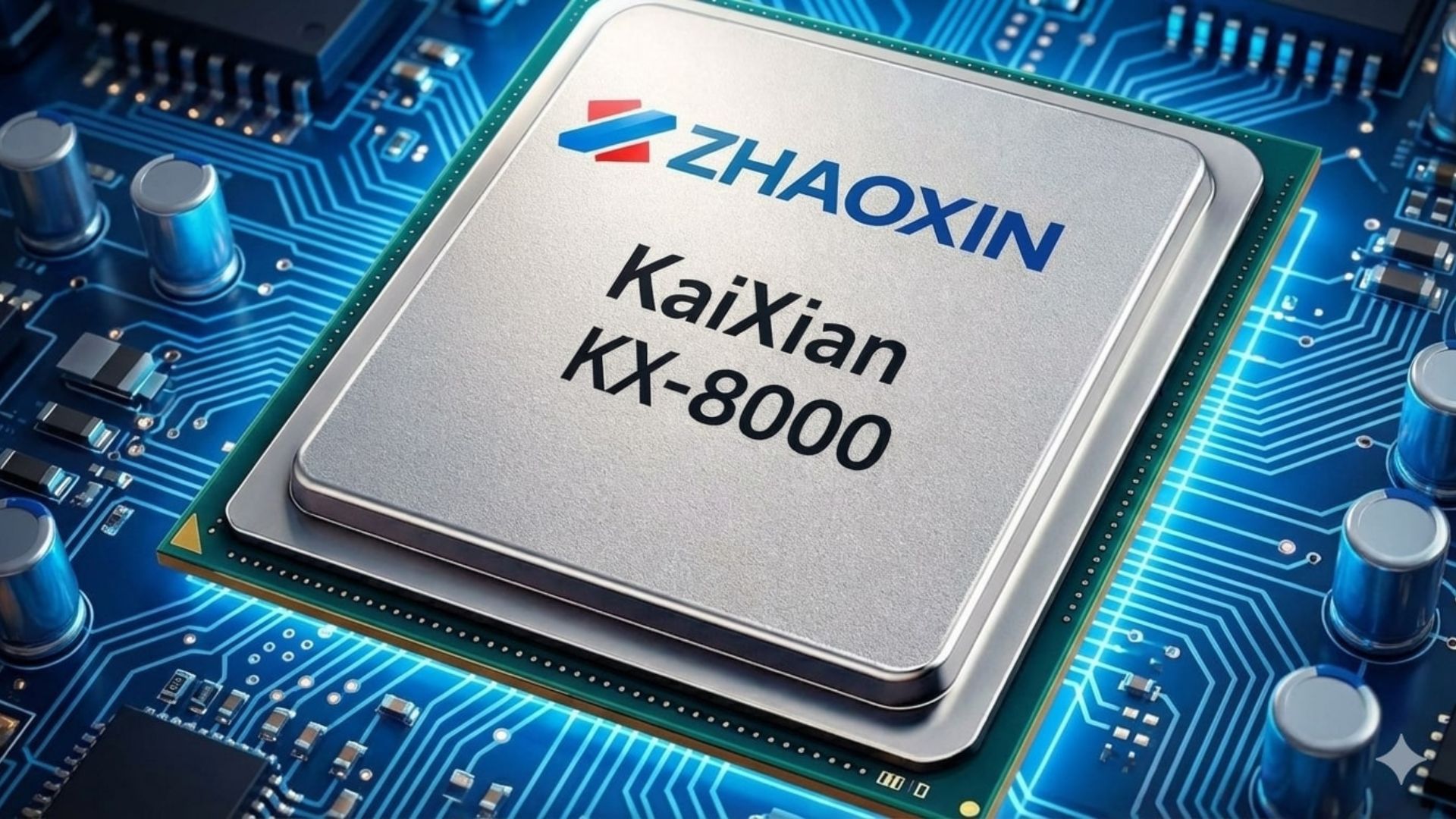- A former Halo developer believes the live service model is superior to the traditional gaming model.
- Joe Tung recalls that E3 often pressured developers to create unrealistic demos that didn’t reflect the final product, leading to player disappointment.
- Tung believes that the live service model reduces crunch periods for developers.
For years, the gaming industry revolved around the $60 full-game model. Companies focused on selling as many copies as they could right after launch. While this made good money, it sometimes led to choices that valued sales more than keeping players happy.
Joe Tung, the former lead on Halo 3, seems to favor games as a service over the traditional model. After all these years, he has argued that the live service model is the optimal approach for the gaming industry.
Why it matters: Tung is hopeful about the future of live service games despite the many recent failures. He believes this model will only get better in the future.

At Riot Games, Joe Tung learned about free-to-play live service games while working on League of Legends. He believes this approach lets developers prioritize long-term benefits for both players and the company.
Unlike traditional releases, live service titles don’t hinge on big initial sales. Instead, they aim for ongoing player involvement and satisfaction, Tung believes. Less pressure to launch a flawless product helps reduce the necessity for intense crunch periods.
The GaaS model is so much better for developers and players (than a $60 boxed product).
-Joe Tung
E3, the former biggest event for revealing upcoming games, often pressured developers to create impressive yet unrealistic demos. Joe Tung refers to these as “bullshit vaporware” builds created amidst intense crunch times.
The main aim was to build hype and boost pre-orders, rather than provide an accurate game preview.

Now, a new approach mixing both has become popular amid discussions about boxed games versus live service games. A release like Helldivers 2, a well-received co-op shooter, takes a middle ground with the pricing strategy.
It’s not free-to-play but is priced more affordably than traditional $60 or $70 games, aiming to attract a wider range of players. Helldivers 2 proves to be an exception in the live service genre, as the Gears creator quotes.
Yet, the traditional live service approach faces challenges. The closures of several live service games, such as Anthem and the recently cancelled The Division Heartland underscore the struggle to maintain player interest over time.
The main argument is that many live service games launch incomplete, relying on updates to deliver promised features. Despite these concerns, Tung remains optimistic about the model’s overall advantages over the traditional $60 game.
Thank you! Please share your positive feedback. 🔋
How could we improve this post? Please Help us. 😔
Passionate gamer and content creator with vast knowledge of video games, and I enjoy writing content about them. My creativity and ability to think outside the box allow me to approach gaming uniquely. With my dedication to gaming and content creation, I’m constantly exploring new ways to share my passion with others.




